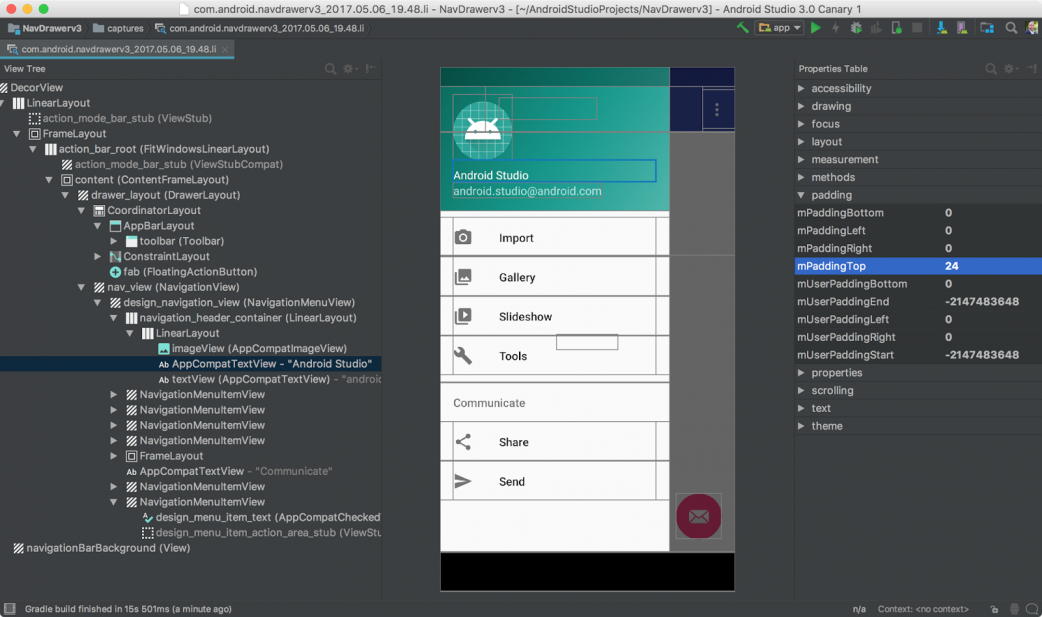

- #ANDROID STUDIO DEVELOPMENT VERSUS PRODUCTION HOW TO#
- #ANDROID STUDIO DEVELOPMENT VERSUS PRODUCTION APK#
- #ANDROID STUDIO DEVELOPMENT VERSUS PRODUCTION ANDROID#
- #ANDROID STUDIO DEVELOPMENT VERSUS PRODUCTION CODE#
For example, the Empty Activity choice provides a single Activity with a single layout resource for the screen. You can customize the Activity after you select your template.

Available Activity templates range from a virtually blank template ( Add No Activity) to an Activity that includes navigation and an options menu.
#ANDROID STUDIO DEVELOPMENT VERSUS PRODUCTION CODE#
An Activity typically has a layout associated with it that defines how UI elements appear on a screen.Īndroid Studio pre-populates your project with minimal code for an Activity and layout based on a template.
#ANDROID STUDIO DEVELOPMENT VERSUS PRODUCTION ANDROID#
It is a crucial component of any Android app. Choosing an Activity templateĪn Activity is a single, focused thing that the user can do. That means your app should always be compatible with future versions of Android, if you use the documented Android APIs. Each successive version of Android provides compatibility for apps that were built using the APIs from previous versions.

The Minimum SDK declares the minimum Android version for your app. For instance, Android 1.0 is API level 1 and Android 4.0.3 is API level 15. To indicate which set of APIs are available, each version specifies an API level.

Each successive version often adds new APIs not available in the previous version. The choice shown in the figure for the Minimum SDK- API 15: Android 4.0.3 (IceCreamSandwich)-makes your app compatible with 97% of Android-powered devices active on the Google Play Store.ĭifferent devices run different versions of the Android system, such as Android 4.0.3 or Android 4.4. When choosing Target Android Devices, Phone and Tablet are selected by default, as shown in the figure below. Choosing target devices and the minimum SDK Be aware that changing the package name later is extra work. If you don't plan to publish the app, you can accept the default example domain. Because domains are unique, prepending the app's name with your name, or your company's domain name, should provide an adequately unique package name. When choosing a unique Company domain, keep in mind that apps published to Google Play must have a unique package name. Click Start a new Android Studio project in the Welcome window, and name the project the same name that you want to use for the app. Starting an Android Studio projectĪfter you have successfully installed the Android Studio IDE, double-click the Android Studio application icon to start it. Android Studio includes code templates with sample code for common app features, extensive testing tools and frameworks, and a flexible build system.
#ANDROID STUDIO DEVELOPMENT VERSUS PRODUCTION APK#
#ANDROID STUDIO DEVELOPMENT VERSUS PRODUCTION HOW TO#
This chapter describes how to develop applications using Android Studio, which is an integrated development environment (IDE) for Android.Īn Android app project begins with an idea and a definition of the requirements necessary to realize that idea.


 0 kommentar(er)
0 kommentar(er)
